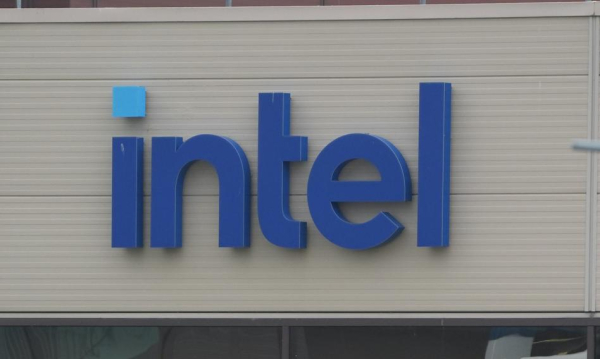Up to 24,000 people could lose their jobs at Intel. The company has announced layoffs of 30% of its workforce and significant cost reductions. All this in an effort to restore the company’s financial stability, which has been lacking since last year.


As reported by The Verge, this year hasn’t been a good one for Intel. Its financial report for the second quarter of 2025 indicates that, to improve the company’s situation, it plans to stabilize its workforce at 75,000 in the coming months. This means laying off over 30% of its workforce compared to last year.
Unofficial information indicates that the largest number of people will lose their jobs in the company’s branches in Poland, Germany and Costa Rica , where until recently the construction of large factories was planned.
Advertisement See also: Take part in our stock market multi-thlon! Disciplines: sprint for stocks, dive into ETFs, and push your wallet for the prize.
Up to 24,000 people unemployed
A report prepared for the end of 2024 indicated that the company employed nearly 109,000 people at that time, including those in affiliated companies. The number of core employees was 99,500. According to “The Verge,” this means that up to 24,000 of them will lose their jobs in the near future . The planned reductions follow last year’s 15% workforce cuts through layoffs, voluntary redundancy programs, and early retirement.
Big savings needed
By the end of 2025, Intel intends to reduce its spending by $17 billion , a reduction that is also being felt in Poland. This influenced, among other things, the decision announced a few days ago to withdraw plans to build a large factory near Wrocław, which was expected to employ several thousand people. The company also abandoned a major investment in Germany.
The company’s troubles were already evident in the middle of last year, when its revenues were significantly lower than expected. Further forecasts of revenue declines of up to nearly 10% annually were also released. In the second quarter of 2025, the company’s losses reached $2.9 billion.
KW